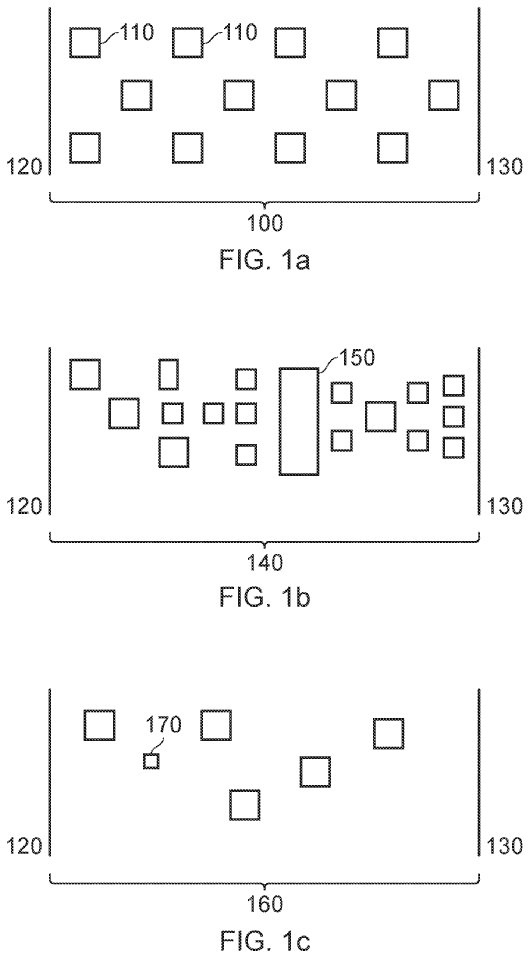For decades, companies have invested in many revolutionary video game technologies, such as cloud gaming and, more recently, blockchain. Procedural content generation is one such technology that has seen significant innovation from many companies. As video games become more graphically intensive, it becomes more complicated for computer hardware to maintain performance stability. For this reason, many companies, such as Mojang Studios and Hello Games, introduced procedural content generation into their video games. As a result, video games like Minecraft and No Man’s Sky can procedurally create a game world from a random seed or one provided by the player so that each playthrough is a different experience.
While procedural content generation has been around for some time, not many video games use it extensively, particularly open-world and role-playing ones. However, that seems to be changing, as many companies have now started investing in research for their implementation of the technology, one of which is Sony Interactive Entertainment. Being the world’s most recognised video game company, Sony Interactive Entertainment has released some of the most critically and commercially renowned video games in recent years, like God of War and Marvel’s Spider-Man. As such, the company could benefit immensely from implementing procedural content generation into its video games, which seems to be the direction Sony Interactive Entertainment is going toward.
Earlier today, we came across a recently published patent under the name of Sony Interactive Entertainment Inc. titled “CONTENT GENERATION SYSTEM AND METHOD,” which was filed in April but published only a few days ago. The abstract from the patent reads, “A system for generating interactive content for a user, the system comprising an environment identification unit operable to identify a virtual environment for interaction by a user, an element arrangement unit operable to generate an arrangement of a plurality of elements within the environment in dependence upon one or more parameters, a content modification unit operable to modify the virtual environment so as to include the plurality of elements in the generated arrangement, and a content rendering unit operable to render one or more images of the modified virtual environment.”

According to the patent, the “randomness and variation” in current procedural content generation technologies can cause significantly different experiences between players, which may also result in increased challenges for the players. “This can be particularly problematic for games with a competitive element in which players wish to compare their performance (such as games in which speedruns are encouraged),” explains the patent. “Such differences may be further emphasised in virtual reality experiences in which user mobility and the like may cause small variations to have a big impact on the player’s ability to complete a mission or overcome an obstacle.”
As such, the patent from Sony Interactive Entertainment advocates for procedural content generation without randomness and variation by procedurally generating only the arrangement of elements within the in-game environment instead of the elements themselves. “The element arrangement unit is operable to generate a new arrangement of the elements with each initialisation of the content and/or each identification of the virtual environment,” it details. “The content modification unit is operable to modify the virtual environment so as to implement the new arrangement of elements in response to the generation of the new arrangement.”
Furthermore, the changes may only occur once the player is within a certain distance from the element(s) or the in-game environment. In addition, there may also be a change in the determined difficulty associated with the in-game event. Hence, the video game may become more or less challenging based on how the player performs. However, this isn’t all, as the procedural content generation detailed by the company also accounts for the player’s preferences and/or performance in relation to the characteristics of the in-game environment and/or elements. In this case, “elements” also refer to non-player characters (NPC), so the player may interact differently with non-player characters (NPC) within the game based on their preferences and/or performance.
Although the company aspires to reduce the randomness and variation in current procedural content generation technologies, the patent still utilises a “random component to generate the arrangement such that different arrangements may be generated using the same parameters.” Additionally, the patent also discusses using machine learning to procedurally generate the content within a particular video game using “gameplay data from one or more players and one or more metrics associated with success within that gameplay data.”
While the company’s take on procedural content generation isn’t very different than that of current procedural content generation technologies used extensively by other companies, including its competitor, Microsoft Corporation, it’s still slightly more complicated since it doesn’t want the experiences between players to differ significantly by reducing the randomness and variation that comes with implementing current procedural content generation technologies. Whether this direction from the company succeeds or not or how it competes with current procedural content generation technologies, only time will tell.
What do you think about this? Do tell us your opinions in the comments below!
Similar Reads: Tencent Patent Improves Efficiency Of MOBA Character Selection

